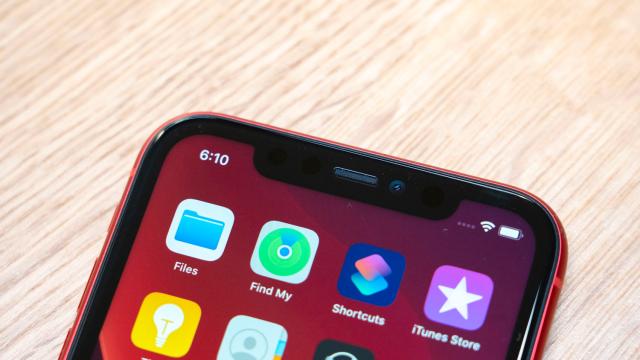Well, well, well. After failing to address a KrebsOnSecurity report that a location icon appeared in the status bar of an iPhone 11 even after all individual location and service settings have been disabled—giving the appearance that the device was sharing location data without a user’s consent—Apple has finally surfaced with an explanation.
Apple told TechCrunch’s Zack Whittaker in a statement that its latest iPhones come standard with ultra-wideband technology that “is subject to international regulatory requirements that require it to be turned off in certain locations.” According to the company, “iOS uses Location Services to help determine if iPhone is in these prohibited locations in order to disable ultra-wideband and comply with regulations.”
But Apple added that this compliance check is done on the device itself and the company is not tracking users’ locations when they have Location Services disabled.
Still, TechCrunch reported that will offer a toggle tool in a future iOS update. Unsurprisingly, this is also how the company also responded to the last incident over confusion about location tracking and ostensibly offline settings.
The issue around Apple’s apparent surreptitious snooping on iPhone 11 users cropped up earlier this week when KrebsOnSecurity published a blog post rightly questioning why on earth the Location Services icon appears in the Status Bar on an iPhone 11 Pro even when individual functions had been disabled (but with the primary Location Services button was toggled on). As Krebs noted, this would have appeared to undermine the company’s own privacy policy as well as its ethos about being a privacy-first company.
Confusion around the issue can be attributed to the fact that Apple is notoriously bad at communicating or responding to any potential issues with its products. But the company’s response to Brian Krebs didn’t do Apple any favours. The company said that the arrow icon “appears for system services that do not have a switch in Settings” but did not explain what those system services were.
More to that point, Apple again failed to respond to a request for comment when Gizmodo contacted the company on Thursday (following multiple requests for comment on Wednesday). As Whittaker rightly noted, Apple could have saved itself the trouble if it had more adequately addressed the confusion head-on from the get-go.
But then again, that’s asking an awful lot of Apple.
